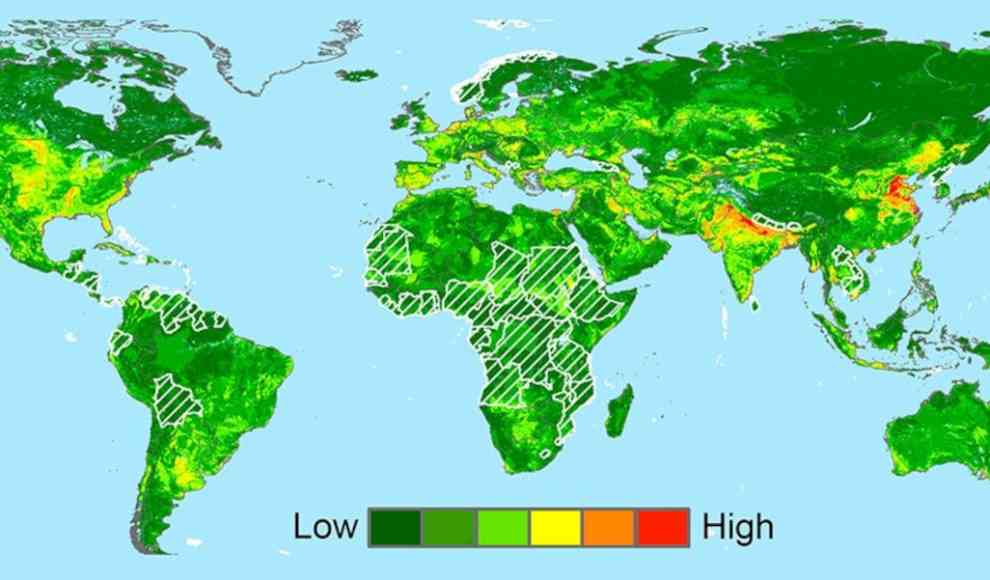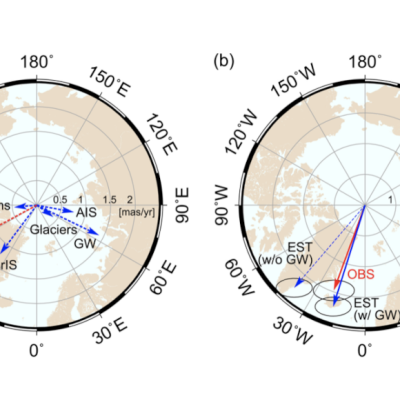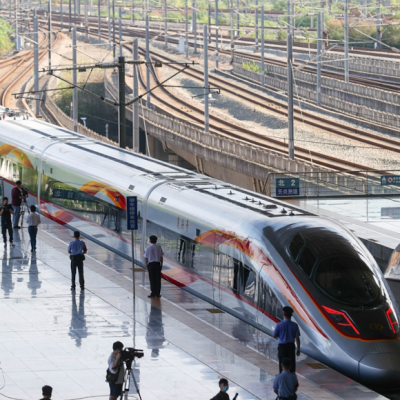The extraction of groundwater is causing significant land subsidence in many regions of the world, which can destroy buildings and increase the likelihood of flooding. In some areas, land subsidence can reach up to 30 centimeters per year. Regions near rivers and seas, such as the Netherlands, Asian river deltas, and the coast of California, are particularly at risk. The primary cause of this gradual subsidence is the extraction of underground resources and groundwater, in addition to natural soil conditions. A team of scientists led by Gerardo Herrera-Garcia from the Geological Survey of Spain has published a study in the journal Science that examines in detail which regions and countries are most affected by falling groundwater levels leading to land subsidence.
According to the study, groundwater-related subsidence affects 200 regions in 34 countries, including Tokyo, where the ground sank by four meters during the 20th century, and many Chinese cities located in the country’s large sediment basin. Mexico is even more severely affected, with subsidence reaching 30 centimeters per year in some regions. In Europe, the Po Valley in Italy is particularly threatened by land subsidence, where about a third of the Italian population lives. The subsidence already affects densely populated areas and large cities that are already at high risk of flooding and storm surges. The scientists’ model shows that the problem will increase in the future, with 19 percent of the world’s population (1.6 billion people) threatened by subsidence by 2040.
Of these, 635 million would be at risk from river or sea flooding. According to the model, 1,596 of the world’s 7,343 (22%) megacities are currently or will be located in subsidence zones. In some countries, including the Netherlands, the Philippines, Bangladesh, and Mexico, the model predicts that by 2040, 80 percent of the population could be affected by land subsidence. Fifty-four percent of people living in areas with significant subsidence belong to the population of poor countries. In high-income countries, land subsidence threatens only 11 percent of the population.
The study highlights the urgent need for action to address the issue of land subsidence caused by groundwater extraction. The scientists suggest that reducing groundwater extraction, improving water management, and investing in infrastructure to protect against flooding and storm surges are essential steps to mitigate the problem.










